8/24/16 What an incredible day! Where do I start?
I decided to revisit Mount Zion early in the morning from the previous evening. Someone mentioned to me the previous evening that the building standing at the top to the left of the pinnacle was considered to be the room where the Last Supper was conducted.

I then returned back to the hotel for a briefing of history by Dr. Ian Stern, an archaeologist for one of the sites in the holy land. He gave a thorough presentation of Jewish history. A common theme that we continue to hear from all of our presenters is how complex the issues are for the country. He actually used the Pharisees, Zealots, Sadducees, Essenes, and Christianity to highlight the vary diverse perspectives of the Jews. There are some that choose to assimilate the dominate culture, others that retreat from it, and others that aggressively fight to maintain their identity. These conflicting perspectives were confronted for the first time when Napoleon asked the French Jews about their loyalty to the country and the French Jews responded by saying that they are Jews religiously in their hearts and are willing to fight against other Jews to protect their homeland. This was the first time they began splitting nationality from their spirituality.
I thought it was also interesting that he identified the Gihon spring as the only water source in Jerusalem and could only support approximately 2000 people. He also mentioned that the Pool of Siloam was fed from this same spring and I can assure that it’s not pronounced the same as we are familiar in English. We then spent additional time talking about the Jewish dispersion (diaspora) and described how pogroms are used as “organized riots” where the government can stir the people up to fight against a group of people and not have the police intervene. One of the most powerful statements made was from a Palestinian leader who said there is no evidence that the holy land has any historical connection for the Jews.
After this helpful discussion and dialogue we then traveled to the Jerusalem Archaeological park and these are photos as you enter.
As we entered our guide, Avi, described the construction of Herod’s temple and his purposes for doing so. History teaches that Herod had destructive tendencies and was not considered to be a religious man. Herod wanted to please the Romans, pagans, and Jews but he built the second temple for economic reasons. The economic reasons described were due to the fact that a large number of Jews would travel to the temple for Passover, Pentecost, and Sukkoth. The money changers station in the marketplace was a place where a travelling Jew could exchange their Roman currency for Jewish money because they couldn’t offer to God money with a graven image on it. We then discussed when Christ overthrew the money changing tables and indicated that this could be in two places. Some of the archaeological evidence indicates that right where we were standing could have been this very place.
He then pointed out the Western wall and the top of the pinnacle that the priests would stand to blow the shofar to announce the Sabbath.
It was noted that there were over 50 ritual bath locations for persons to purify themselves and the water was actually rain collected.
We then traveled to the Southern wall which is actually considered the main entrance of the temple mount while ascending up from the city of David in the valley. We actually read Psalm 126 (Song of Ascent) and had an opportunity to ascend up the same steps that our Lord did while on earth which was really awesome. The guide noted that the steps ascending were intentionally constructed with one long step and one short step. This prevents persons from running quickly up the steps and created a pace for the worshiper to ascend pensively, reflectively, and reverentially as the entered the temple.
The next place up for exploration was the historic Wailing Wall. All I can say is what an amazing experience. I had an opportunity to wear a yamaka as a sign of respect for the area. The entrance had an opportunity to purify before entering the area and it was separated for men and women. The experience was so awesome that the group actually left me accidentally. No worries they eventually found me and I had an opportunity to present my favorite passages to the Lord from Ephesians 3. I wanted to capture my experience at the wall along with the prayers that I sent up.
After being found I was taken underneath the wall though a series of tunnels that had lots of interesting artifacts.
And of course we had some delicious cuisine. I promised Lady Margaret that I was going to try everything and that’s what I’ve been doing.
Next we traveled to 2 different sites that claim to be the place of Christ crucifixion and burial. The first comes from Catholic tradition and is called the church of the Holy Sepulcher. This actually managed by both the Catholics and the Greek Orthodox church that has different traditions and emphasizes.
The second site that we traveled to is considered to be the place called Calvary and we had an amazing experience their. Our guide was a pastor from Singapore and from the scriptures, he presented it as the hill that served as the backdrop to Christ on the cross alongside the road. We then went to the empty tomb and my dear sister, Jasmine Ross, sang inside the tomb “He is Lord” and “Glory of your presence”. It was moving, powerful, and such a rich experience that there were some folks in tears and even as I write my spirit is overwhelmed. It was a beautiful worship experience. We also sang some blood songs such as “I Know It Was the Blood”.
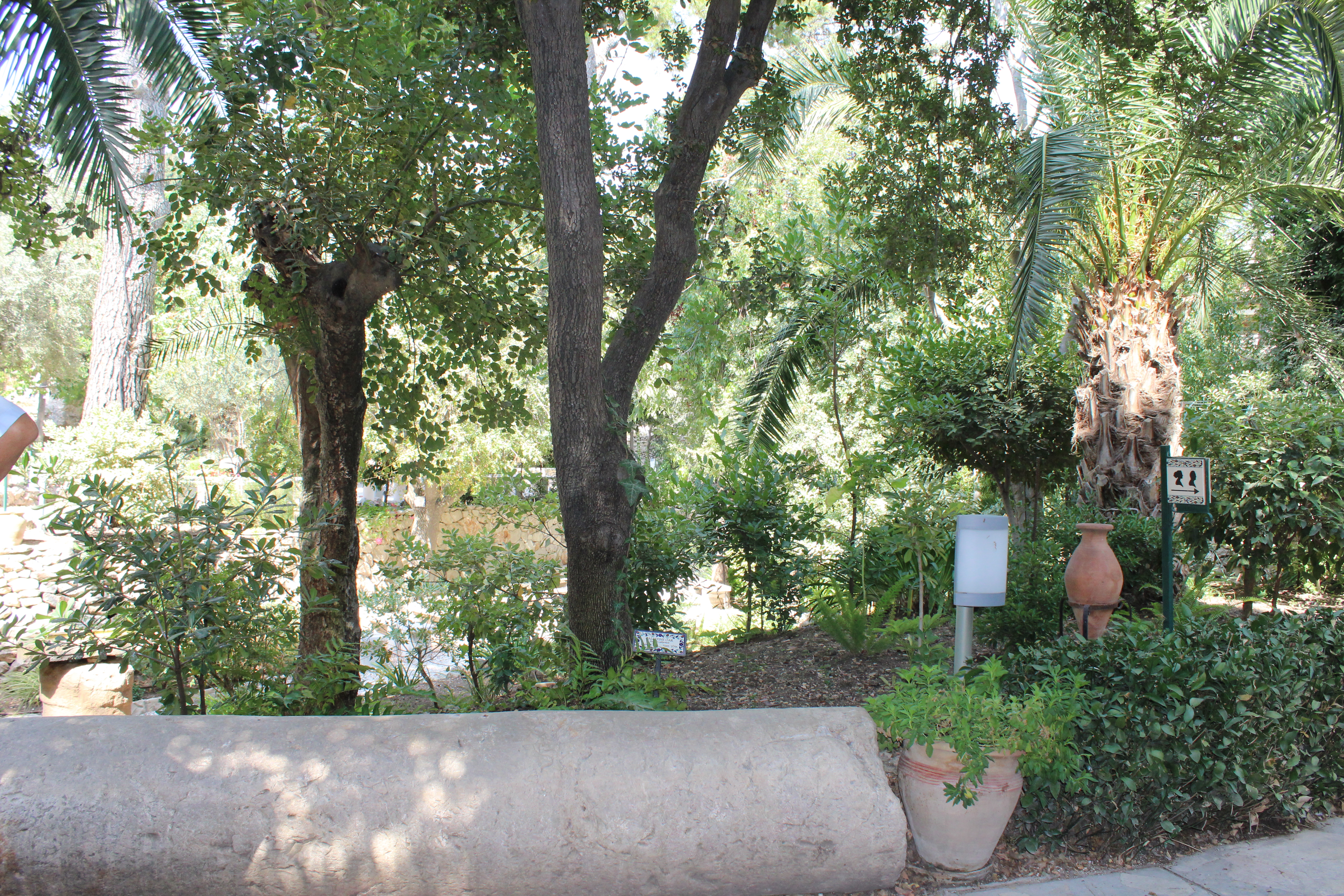
Finally we capped off the evening with an informative presentation on the political structure of the Israeli democracy and I learned how the prime minister has to successfully form a coalition among the various parties with majority vote that implements the policy of the party demands for the next few years. The prime minister is considered a master of creating coalitions and giving the sense of security that the Israelis value from their enemies. In addition to this we had dinner with a newspaper journalist who led us through a discussion of the current affairs. It was interesting discussion and become quite explosive on a number of topics. He ended with the common theme of how complicated things are in his country.
Thanks to all of the saints for the prayers. They are needed and appreciated.
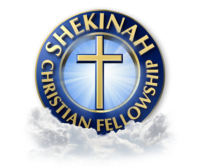
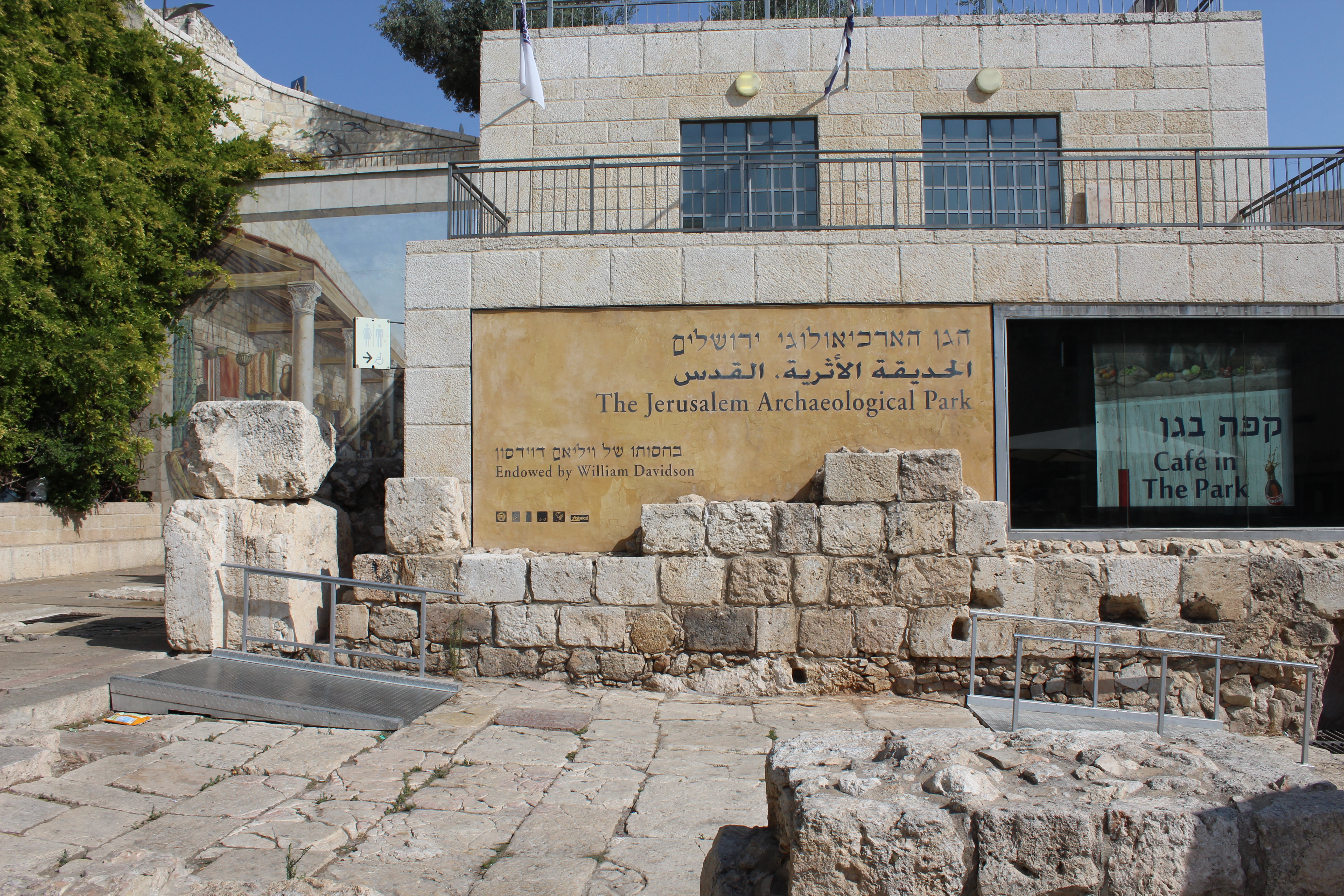
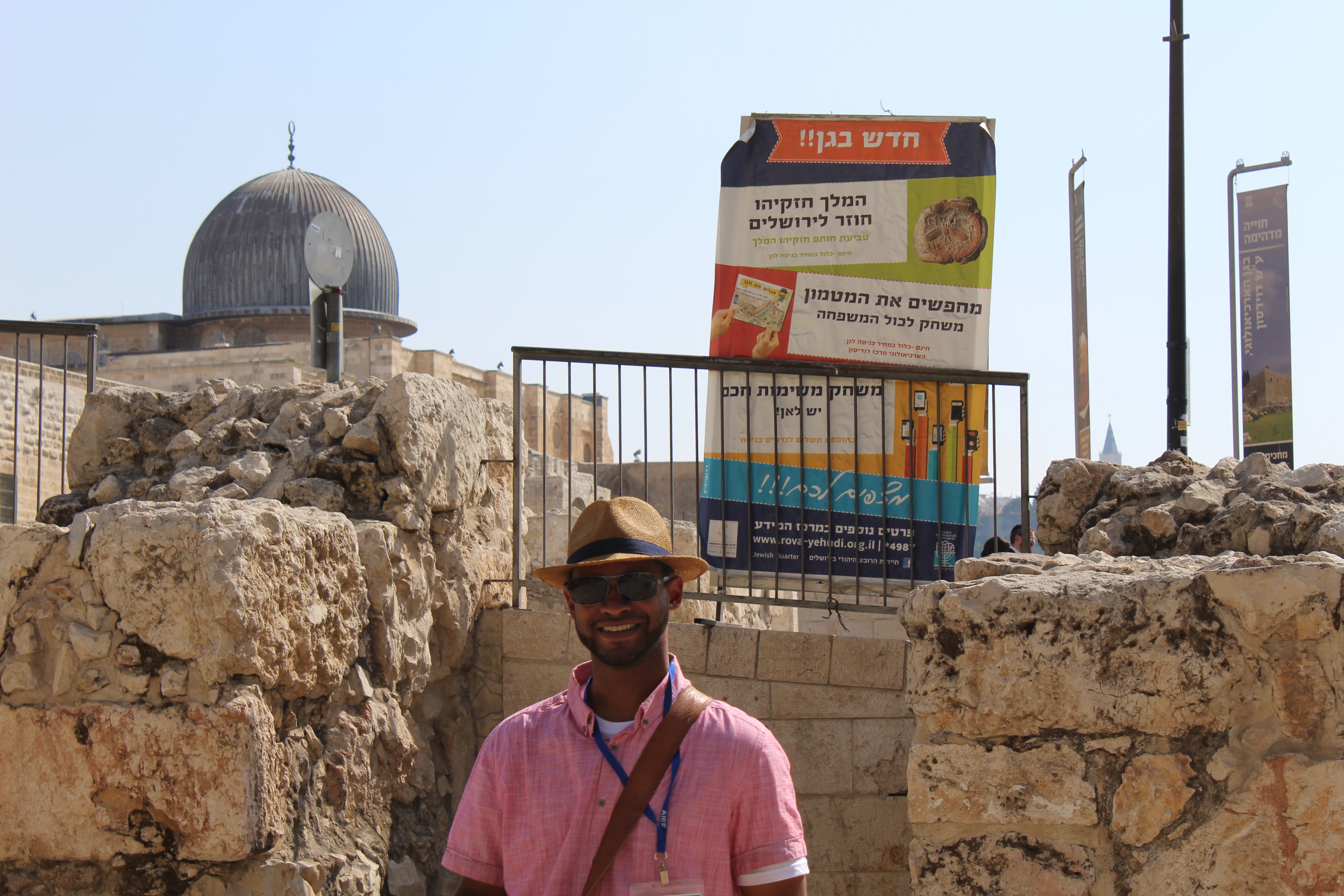
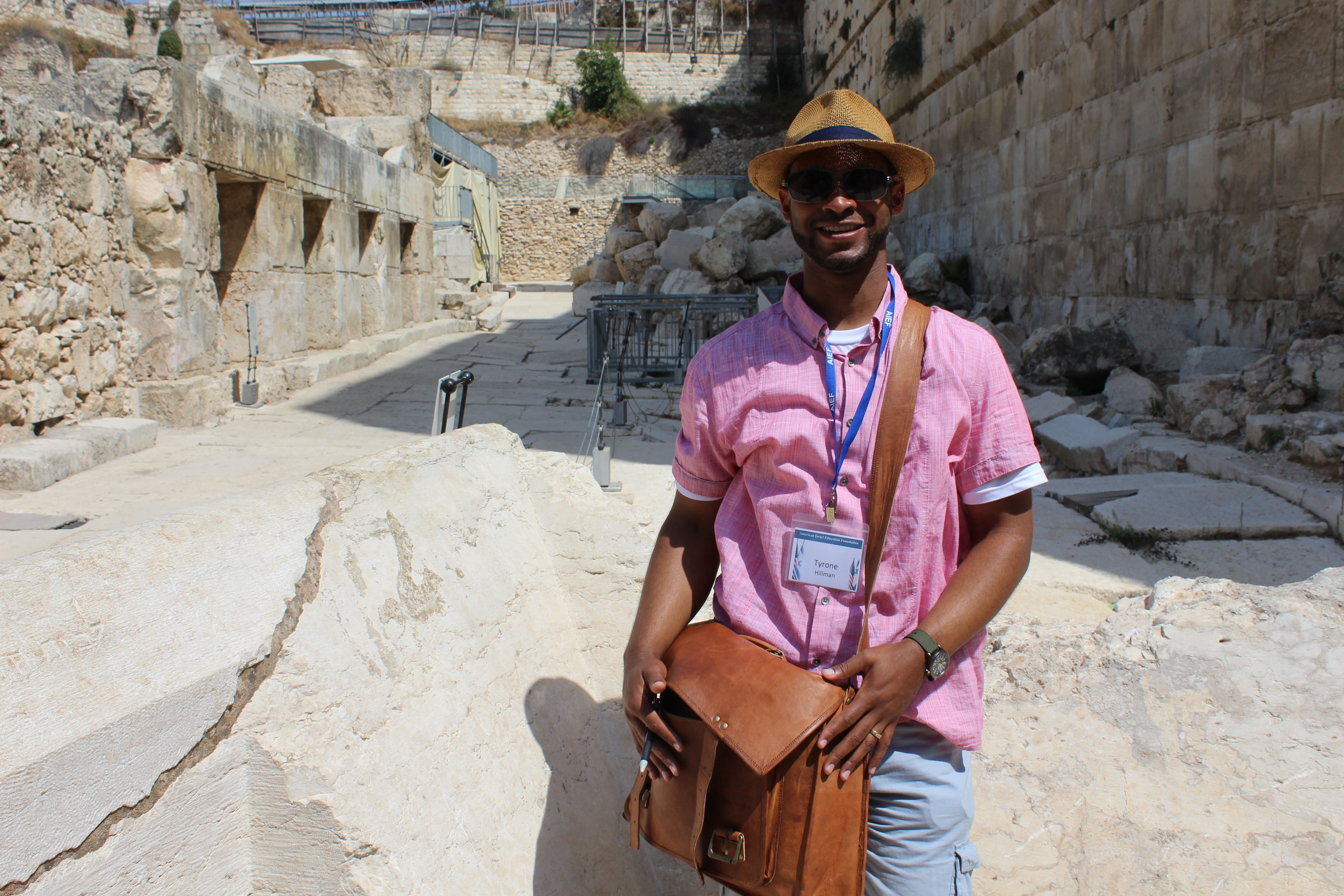
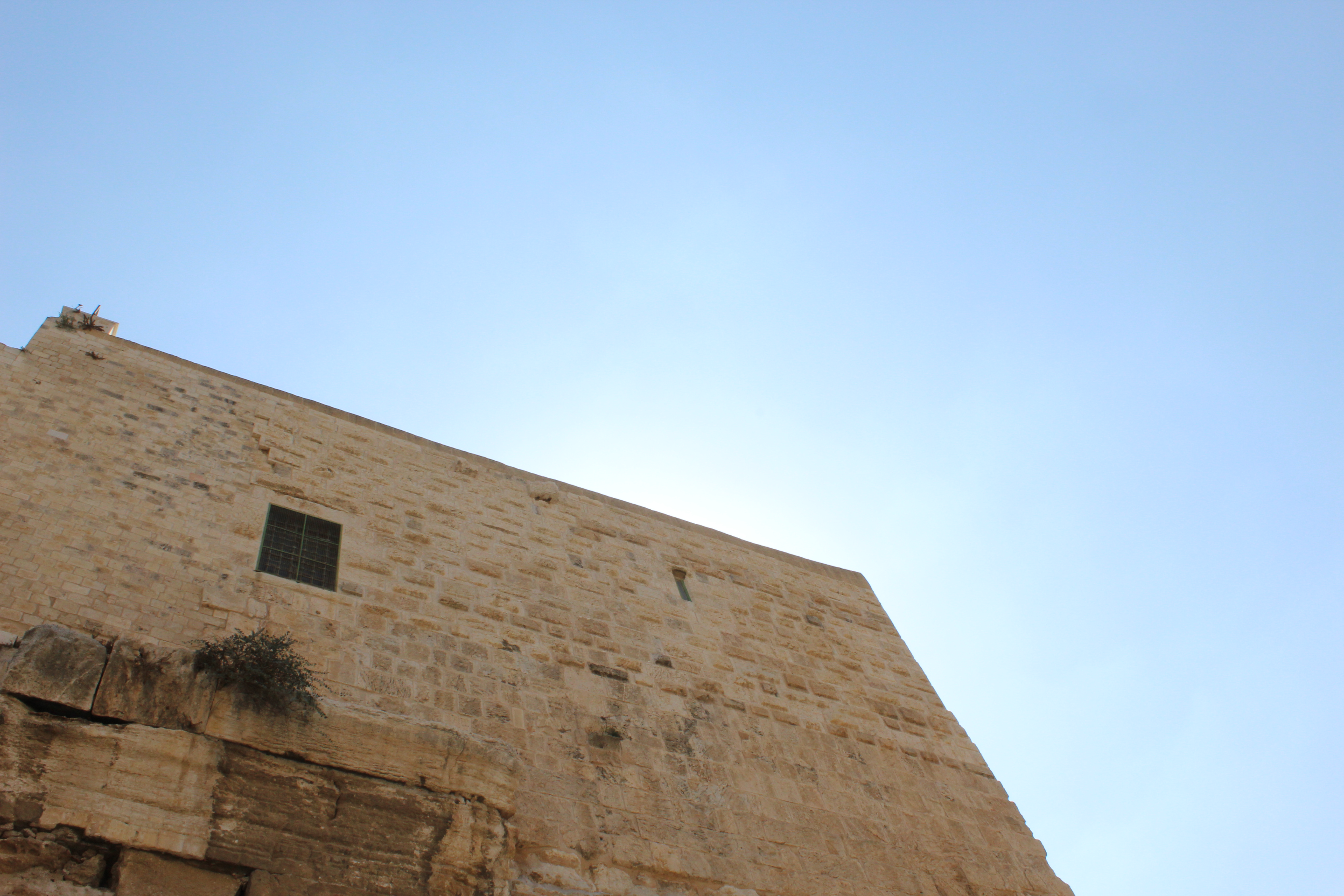



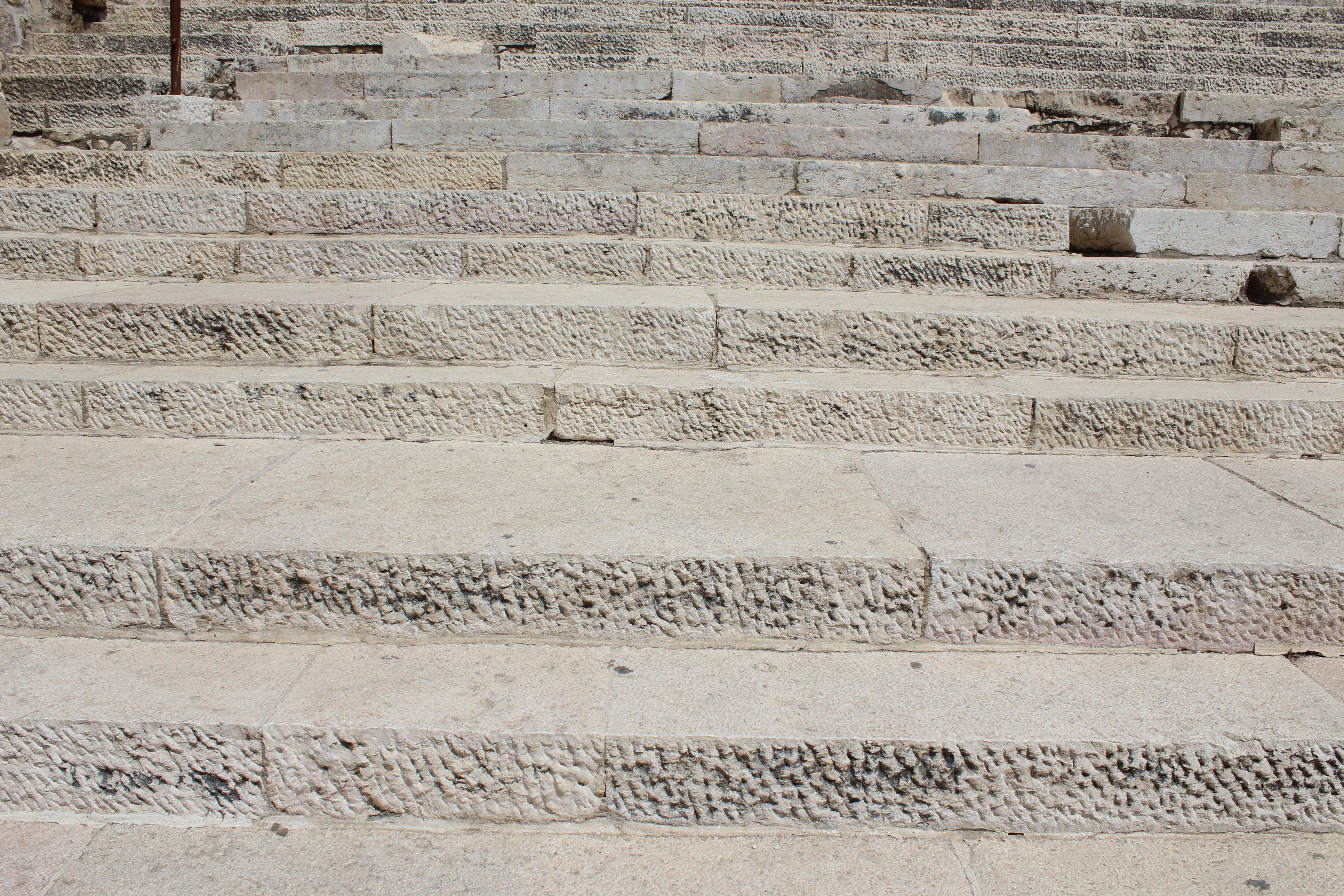
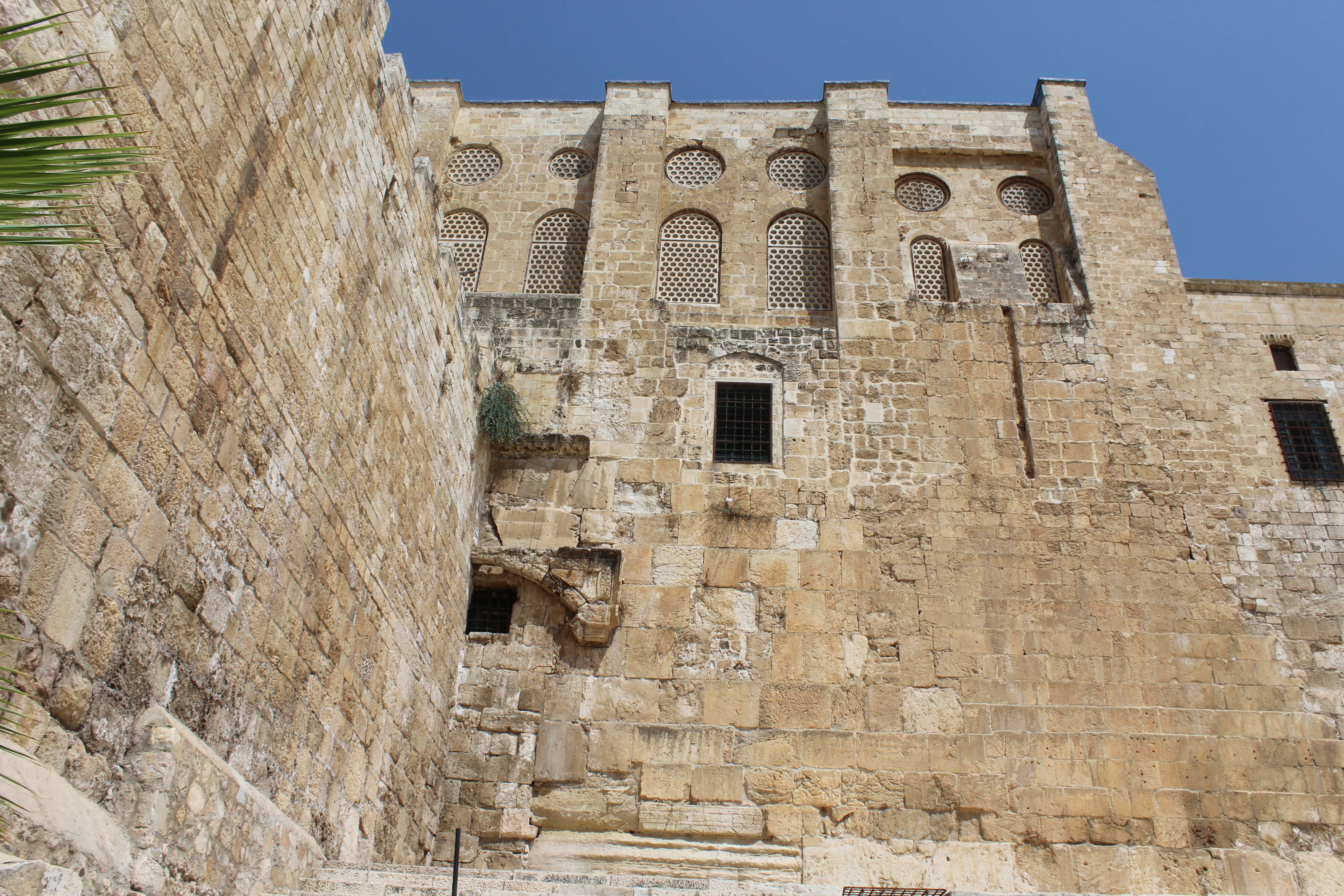
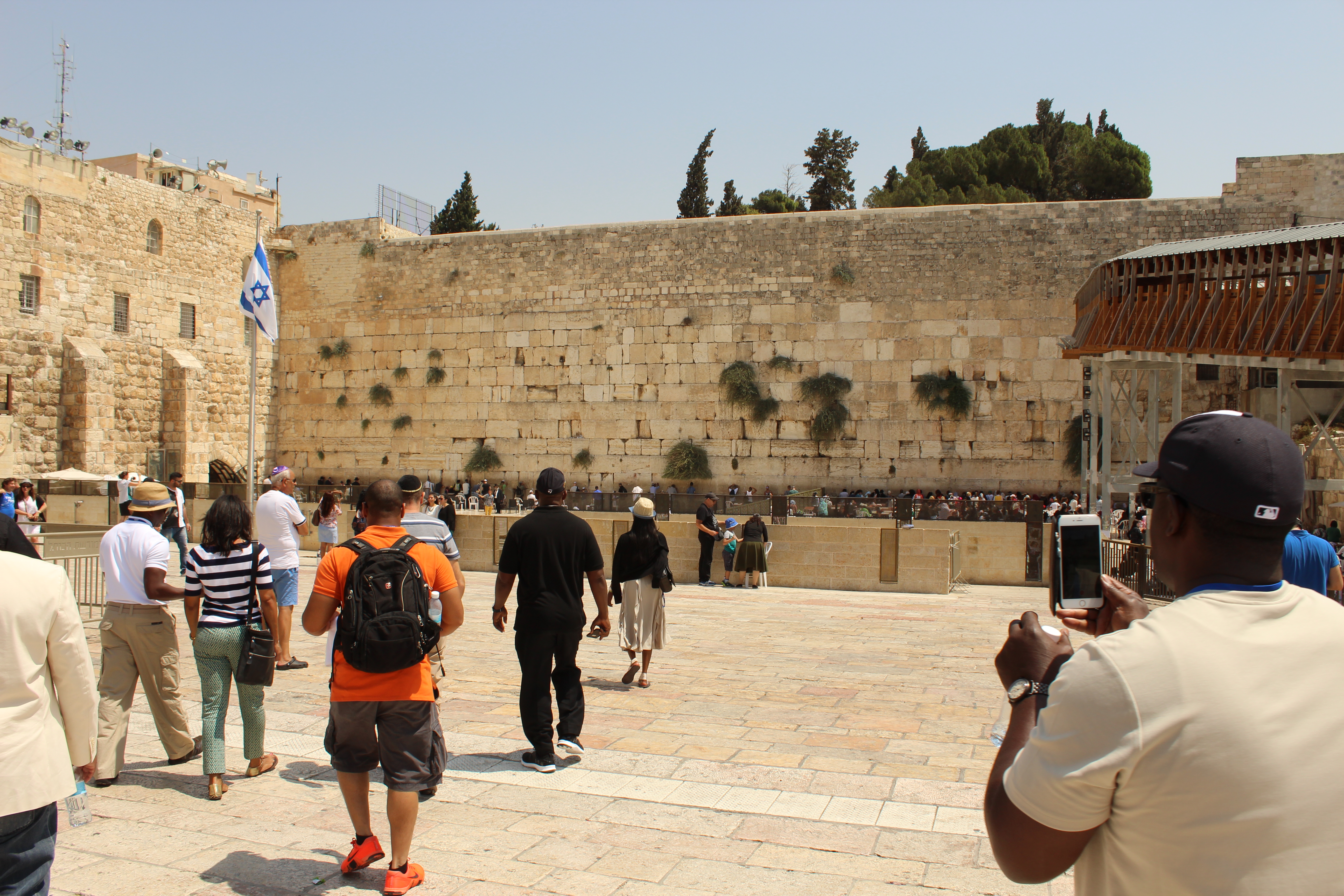
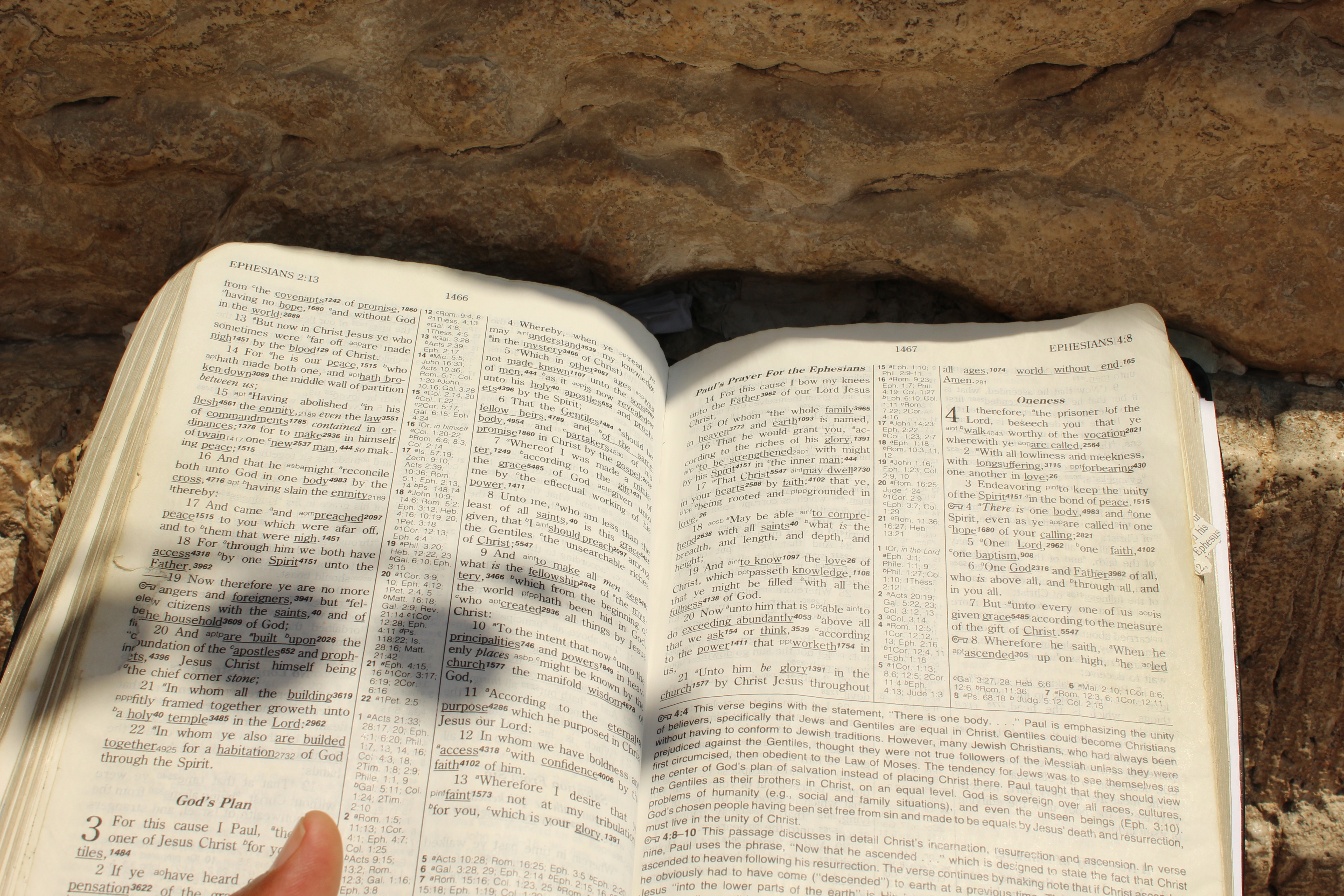
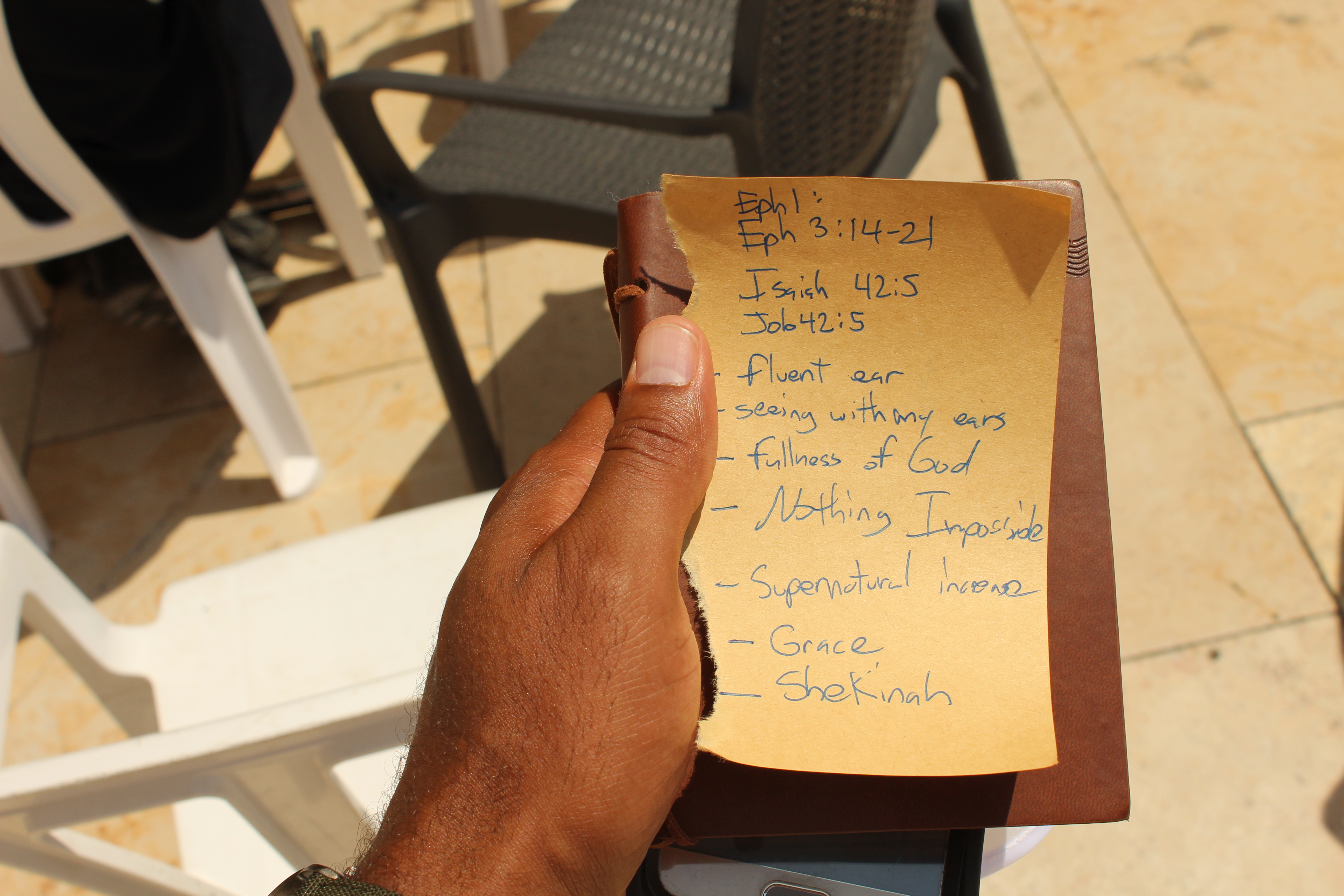
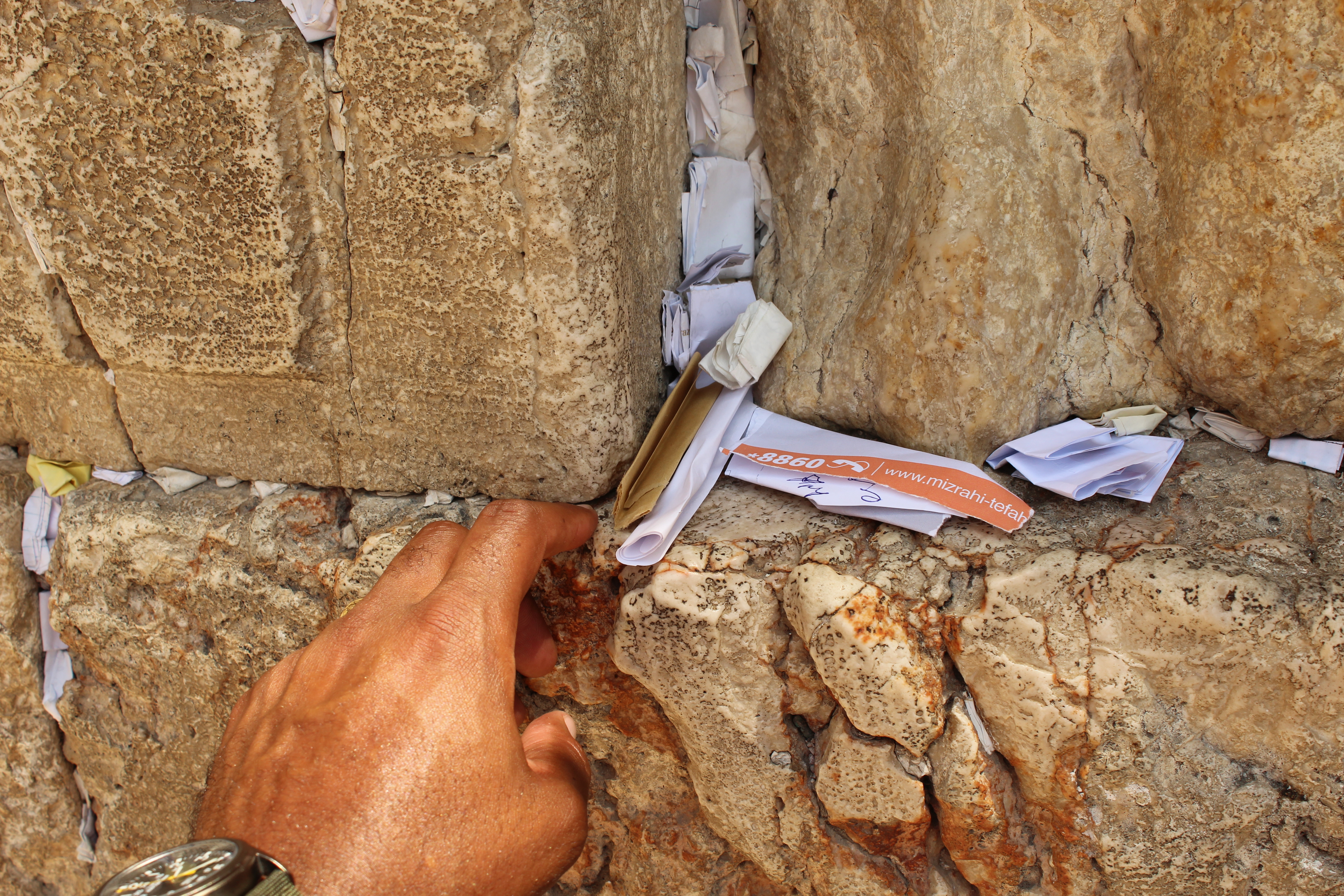
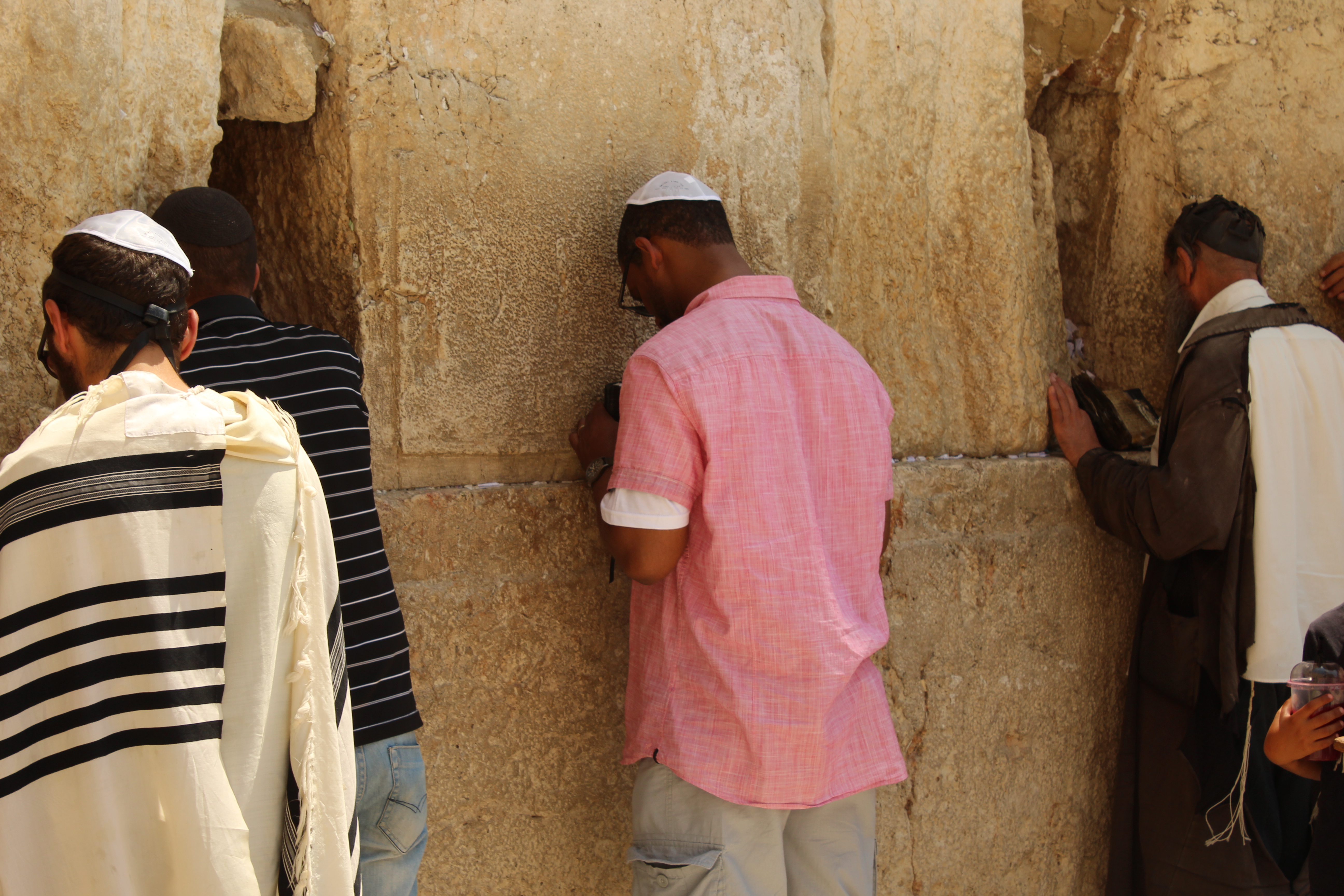
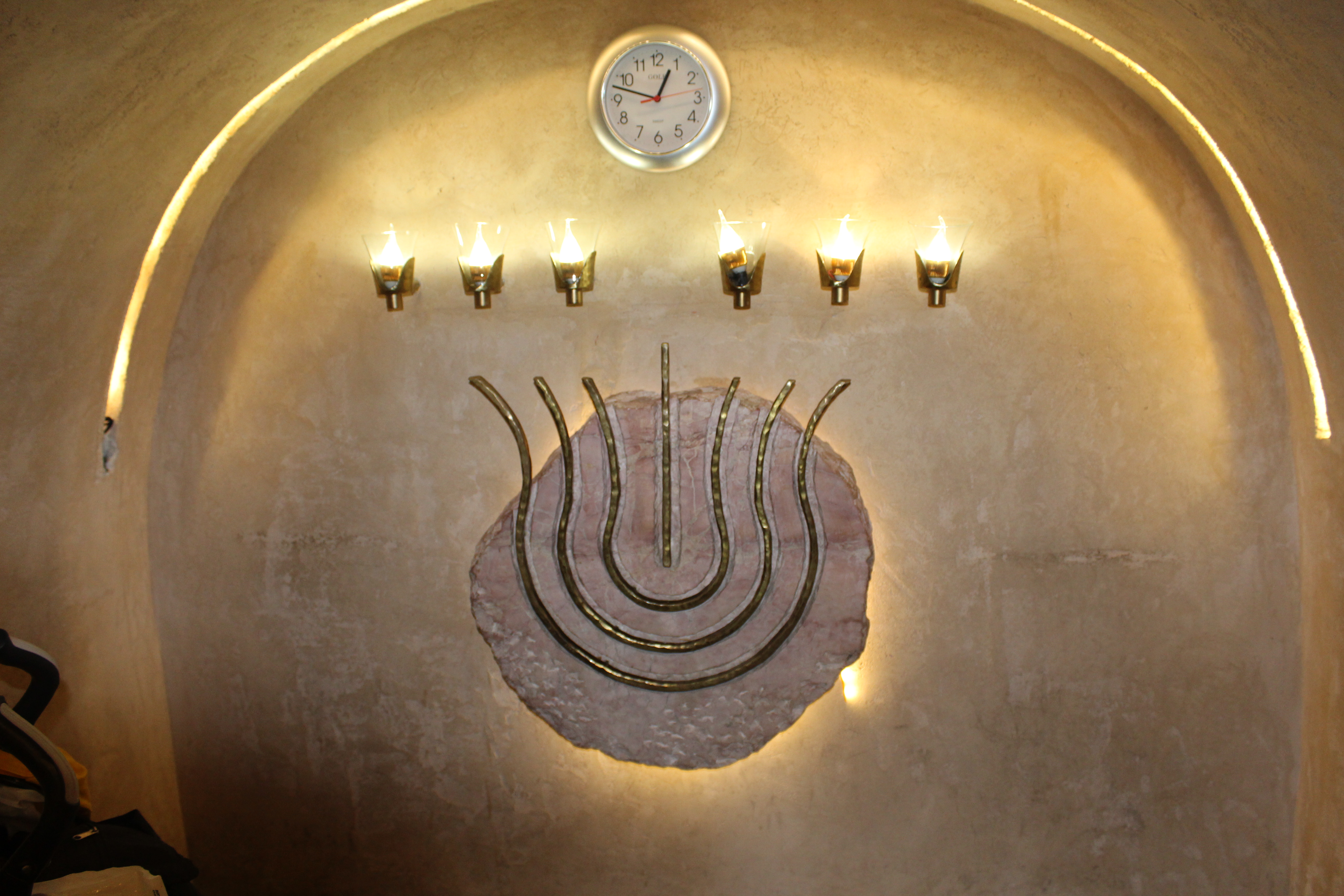
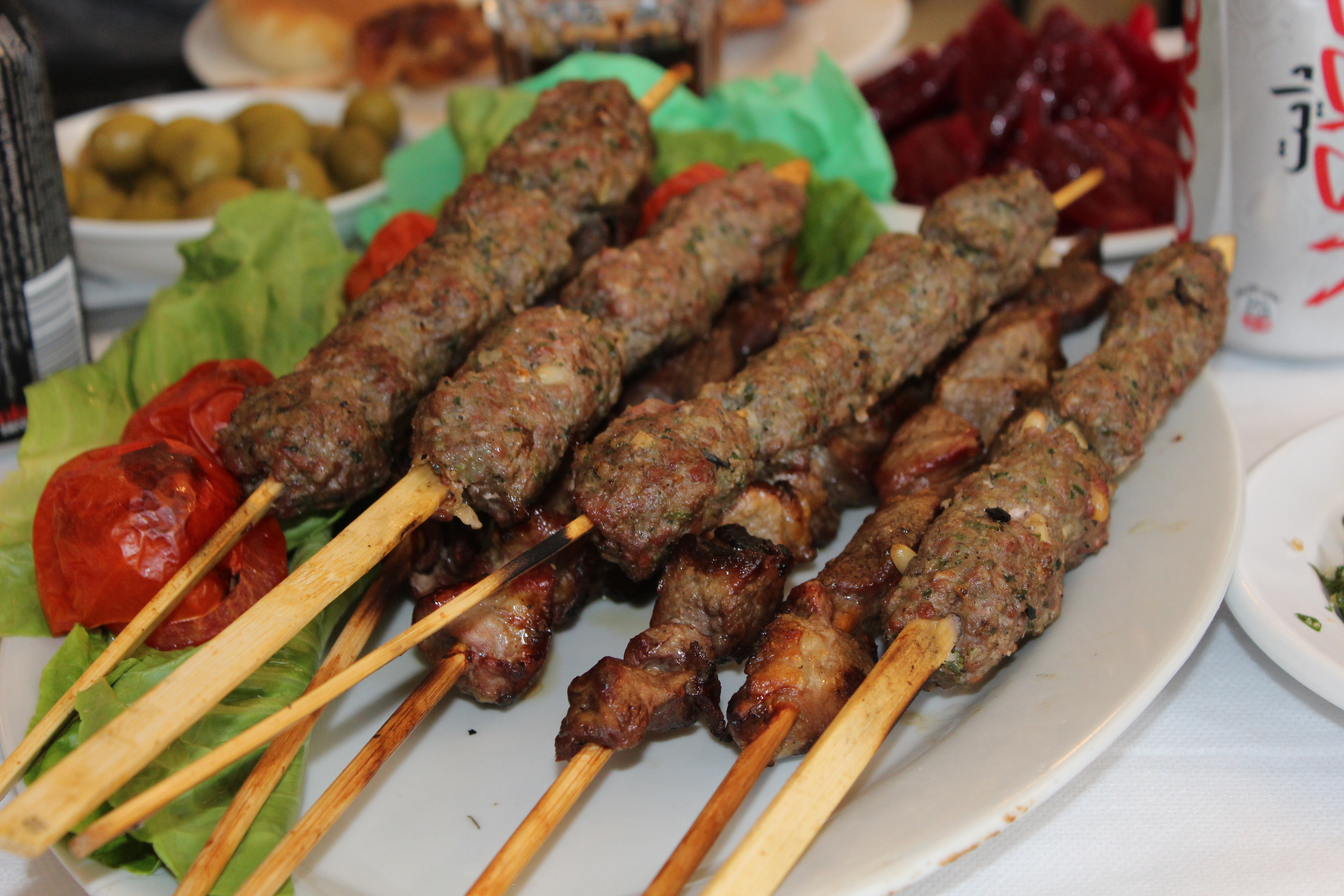
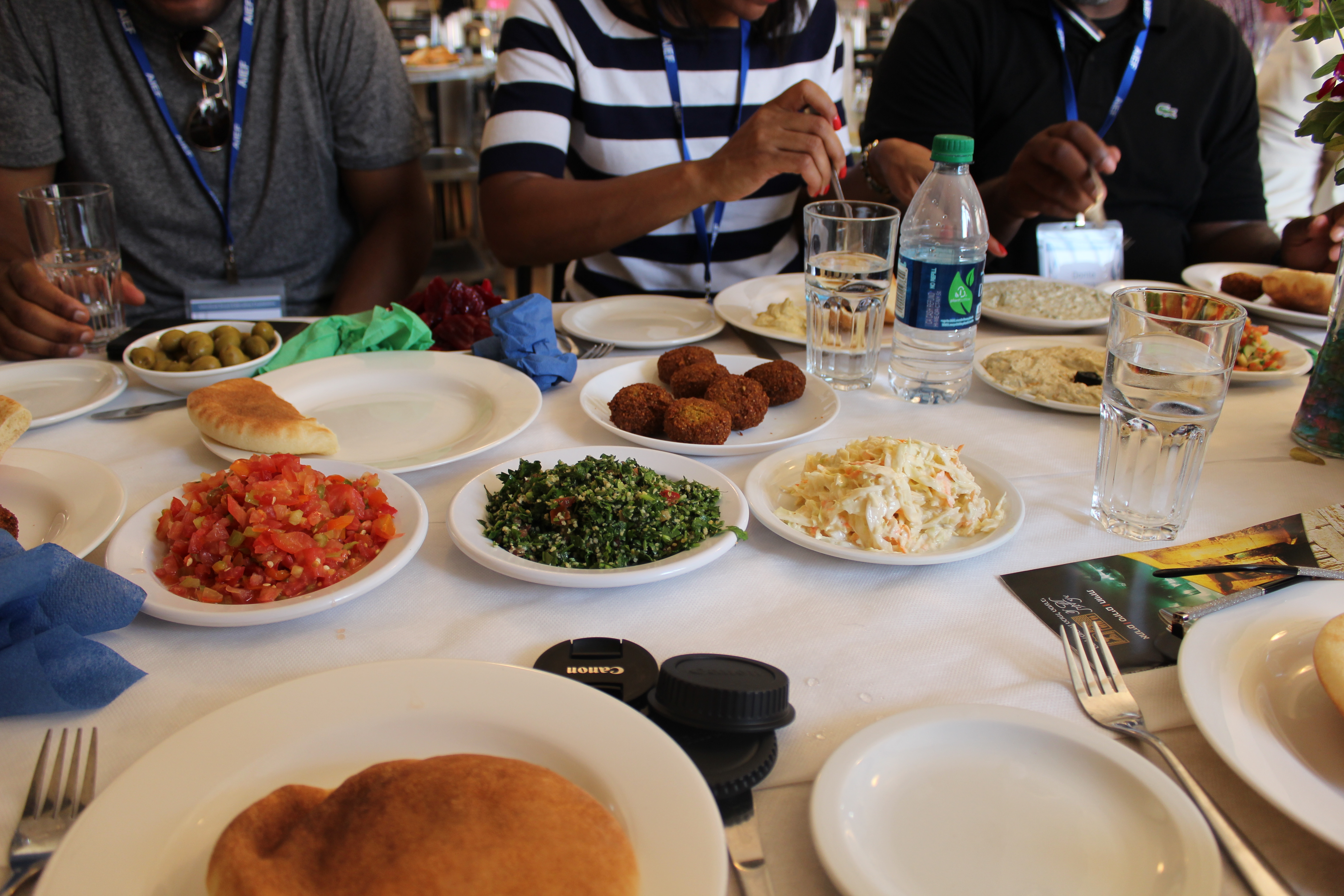

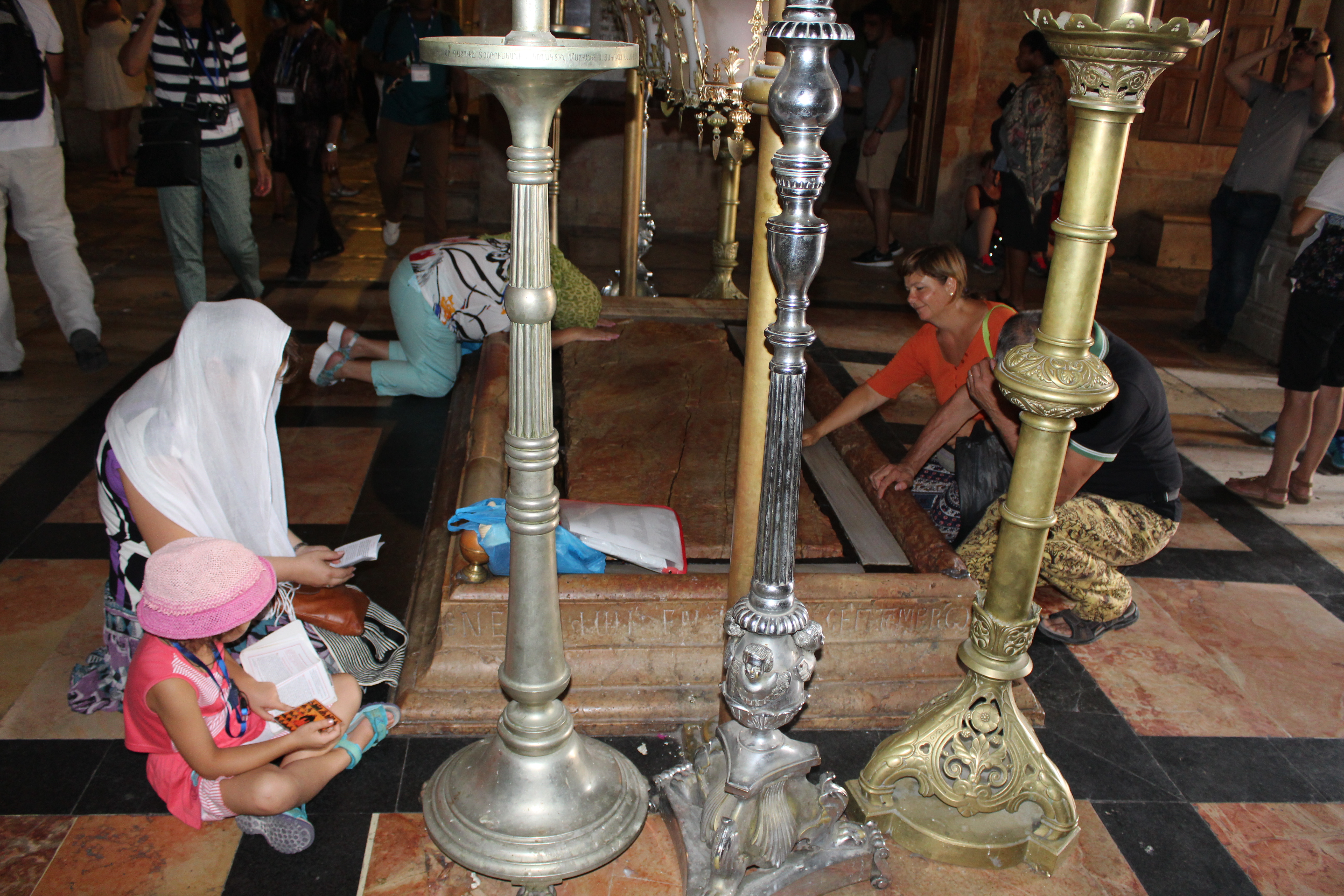
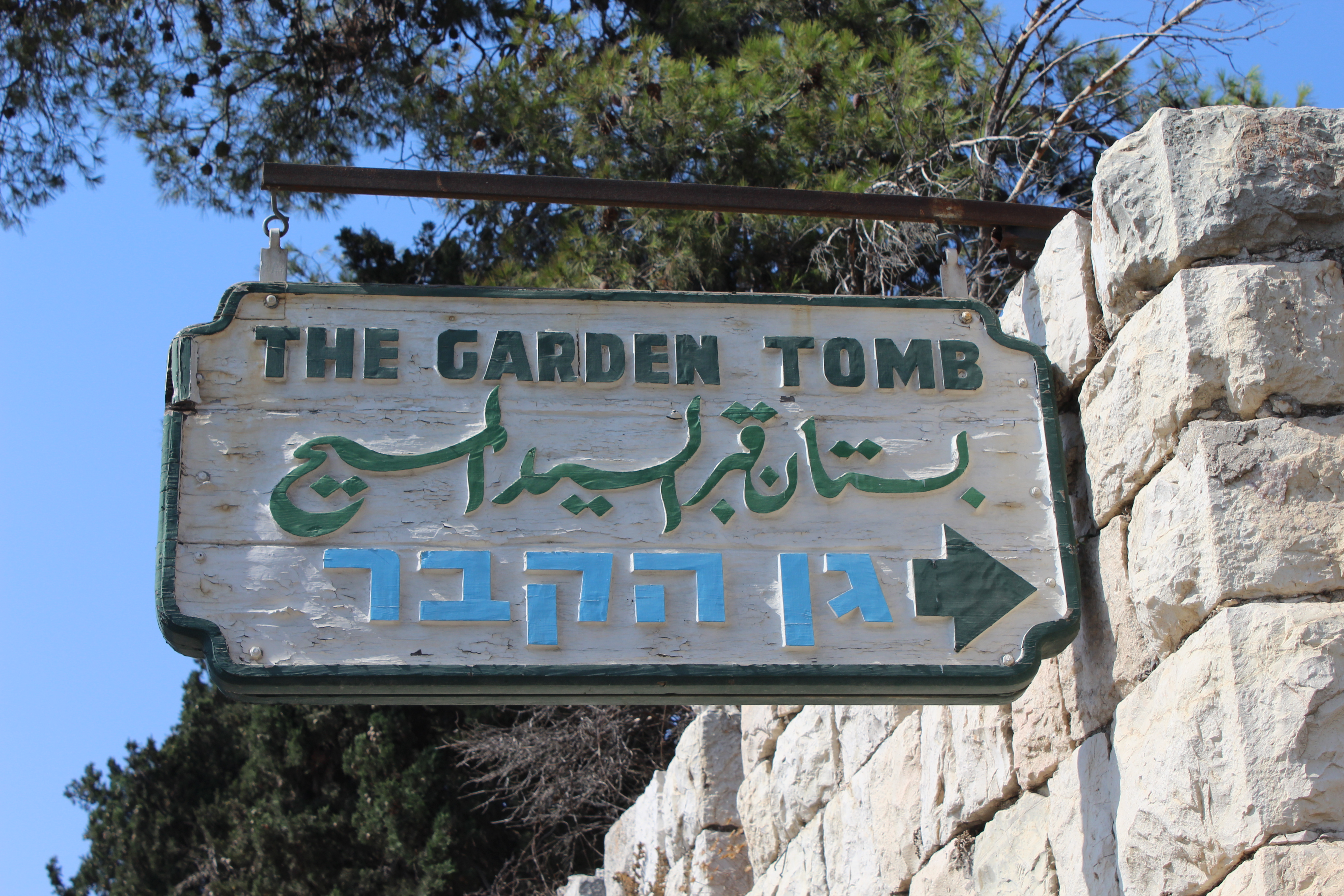

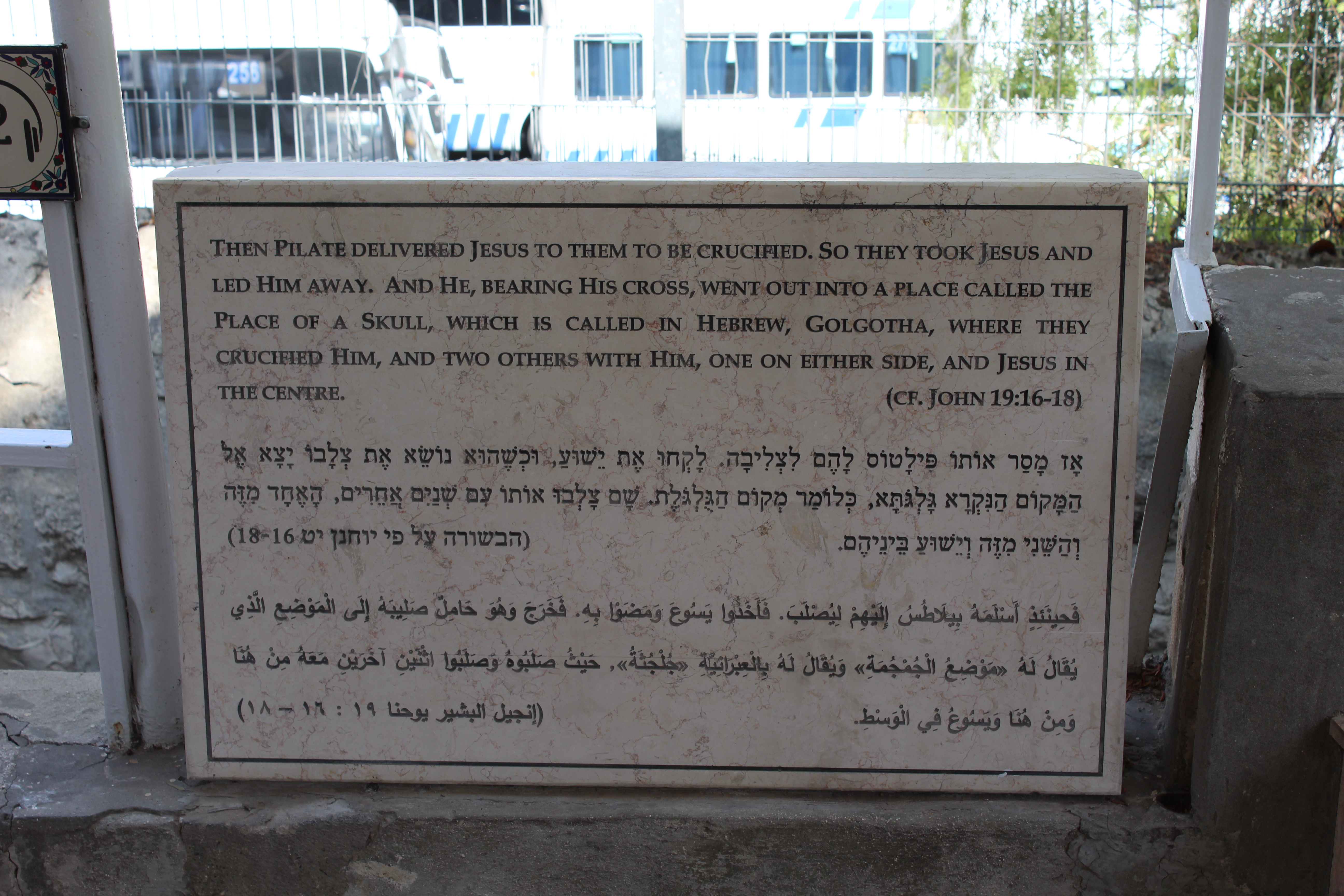
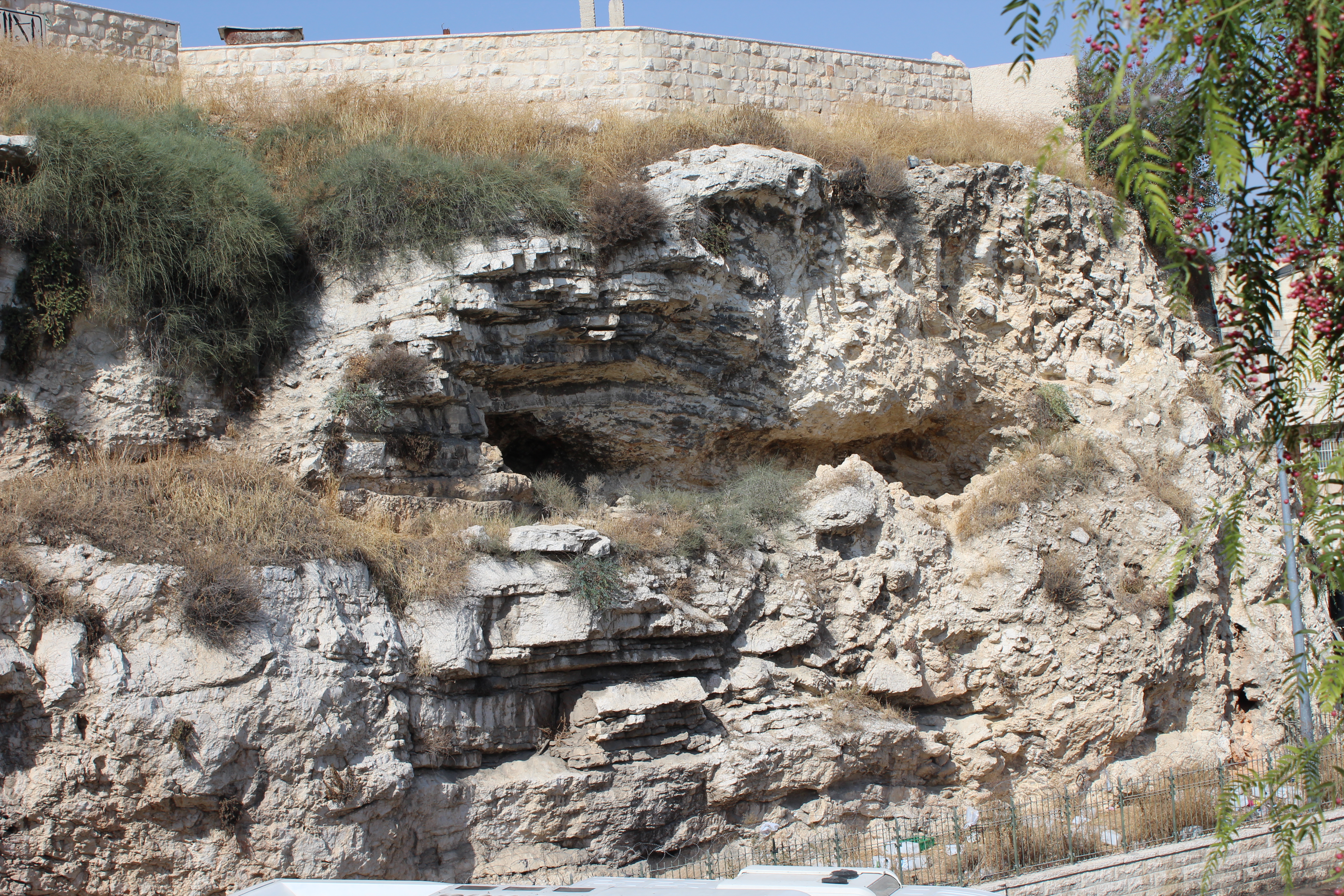
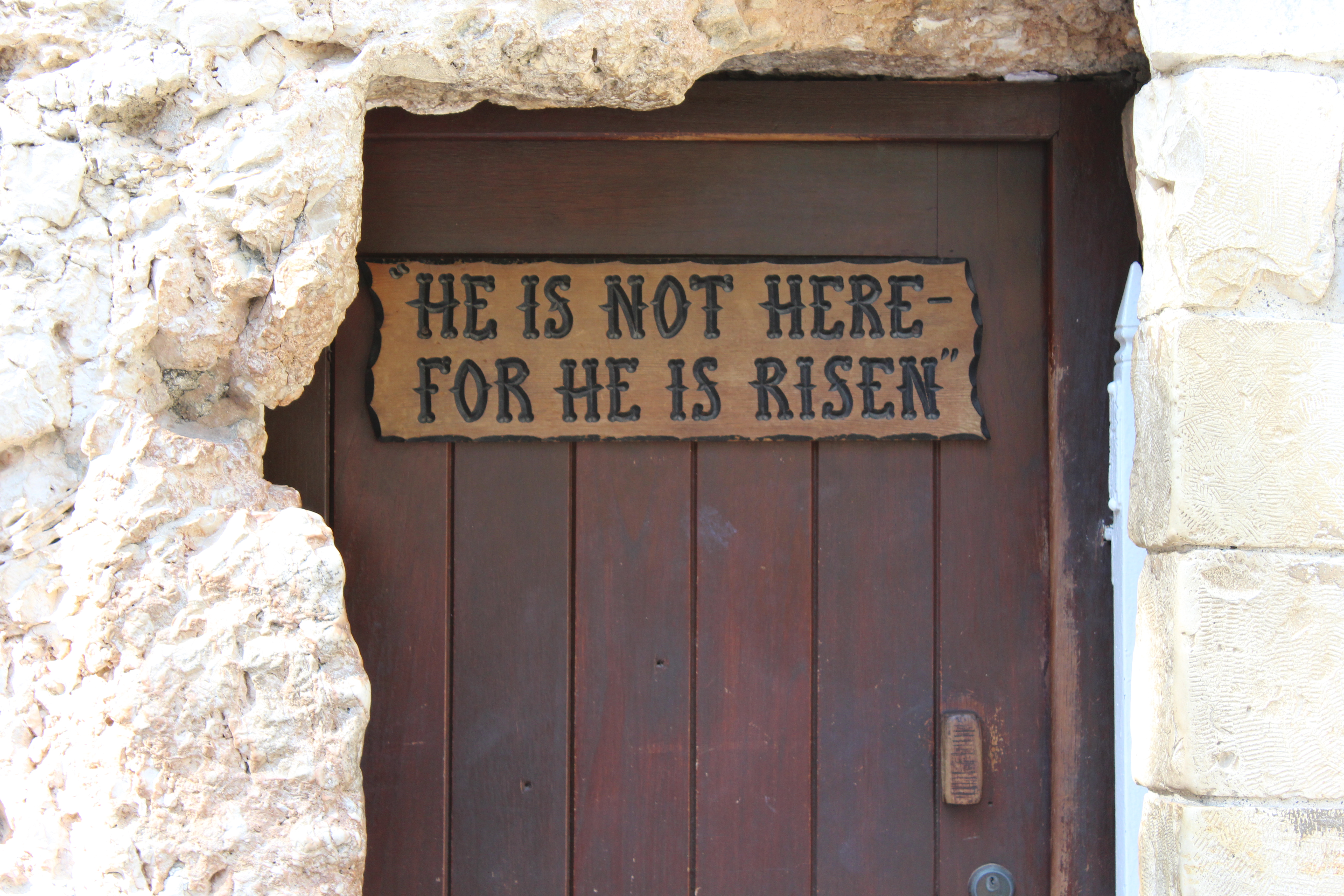
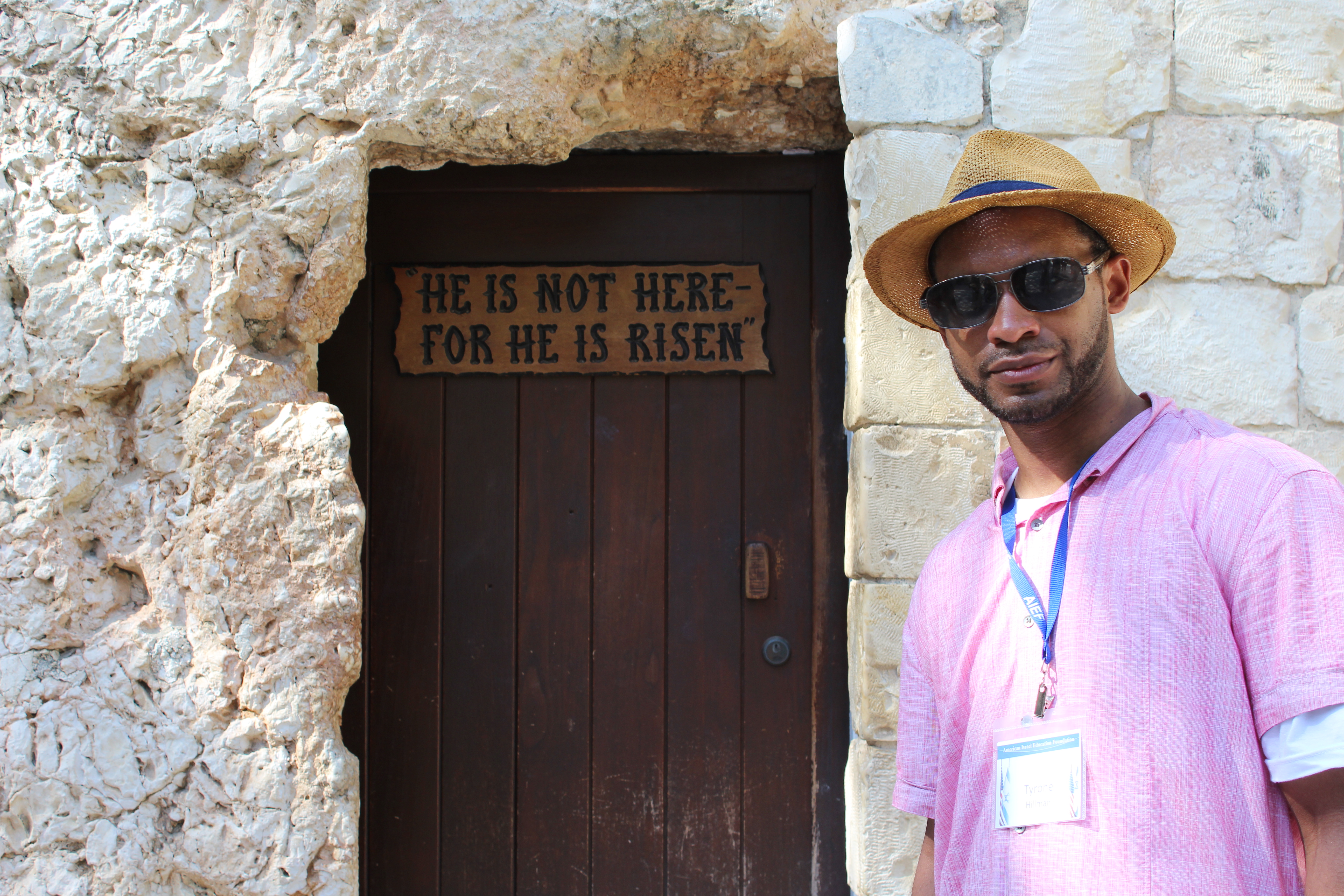

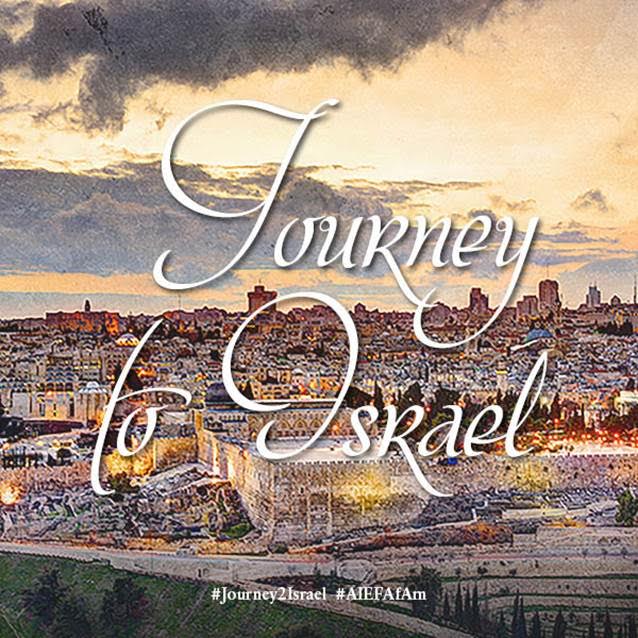

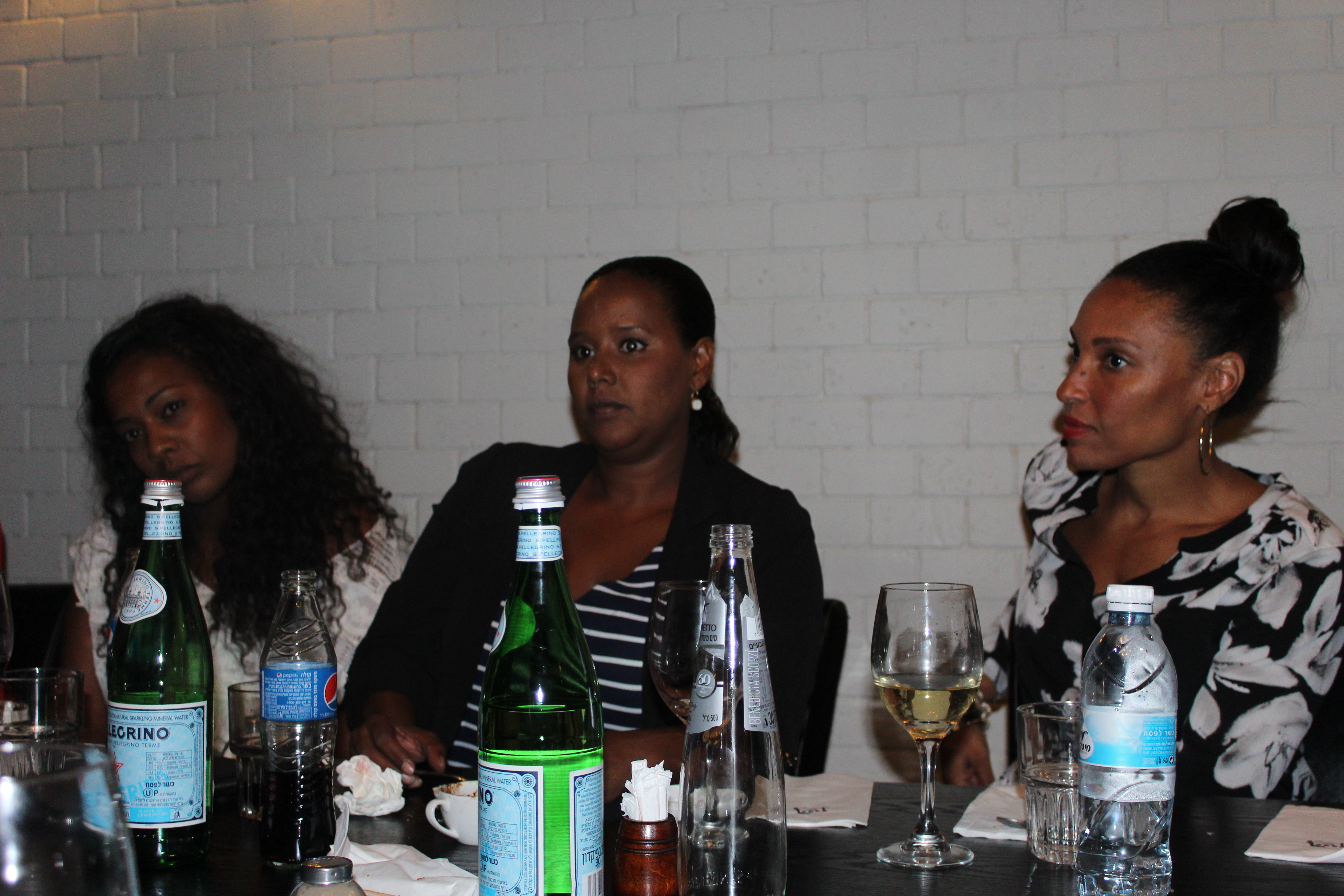
8 thoughts on “Journey to Israel: Jerusalem Archaeological Park”
Pastor I’m so filled with joy reading this blog! My favorite is the description of how the steps to the temple where purposely porportioned “long and then short” to prevent running and cause worshippers to be more reflective as they make their way! That did it for me! Oh and to see Shekinah-Grace name put into the wall of course! Thank you so much for your sacrifice and for the sharing of your journey! Praying for you!!!
“The experience was so awesome that the group actually left me accidentally.” Lol! Glad they found you! But honestly, even viewing your experience at the wall through these beautiful pictures is so powerful, I can only imagine how it is in person. This looks like an amazing trip. Thank you so much for documenting this for us. I’m so excited to hear and see more! Love you Pastor and praying for you!
Pastor, thank you for sharing your journey with us. I am so excited that you was chosen for this wonderful, delightful experience. The video with you all in the tomb brung me to tears.
Praying for you pastor!
Pastor, What an amazing, enriching, insightful experience God has given you in this Educational Journey to Israel…vicariously I am experiencing Israel through your journal entries…! When I read the common thread… “How complex the issues are” and “How complicated things are in this country.” I was reminded of Psalms 122…”Pray for the peace of Jerusalem; Peace be within thy walls…” . When I read of you lingering in the midst of perpetual prayer at the Wailing Wall ….”The experience was so awesome that the group left me accidentally. No worries they eventually found me.” I was reminded of Luke 2:41-52….and the words of our Saviour, leaped off the page as I reflected on your heart…”Wist ye not that I must be about My Father’s business?”
Wow! What an awesome and blessed journey Pastor. Glory to God! Hallelujah! Thank You Jesus! Amen! Pastor when you shared about the structure of the stairs and their purpose plus the times of reading Psalm, I recalled an experience I had when I was told that we should always enter the sanctuary in preparation of our heart and spirit for the Lord by entering in with the reading of Psalms before anything else. Believe it or not everyone was asked to leave the sanctuary and re-enter with the reading of Psalms. Glory to His name JESUS! Blessings to you Pastor.
This is a topic that is close to my heart… Best wishes!
Exactly where are your contact details though?